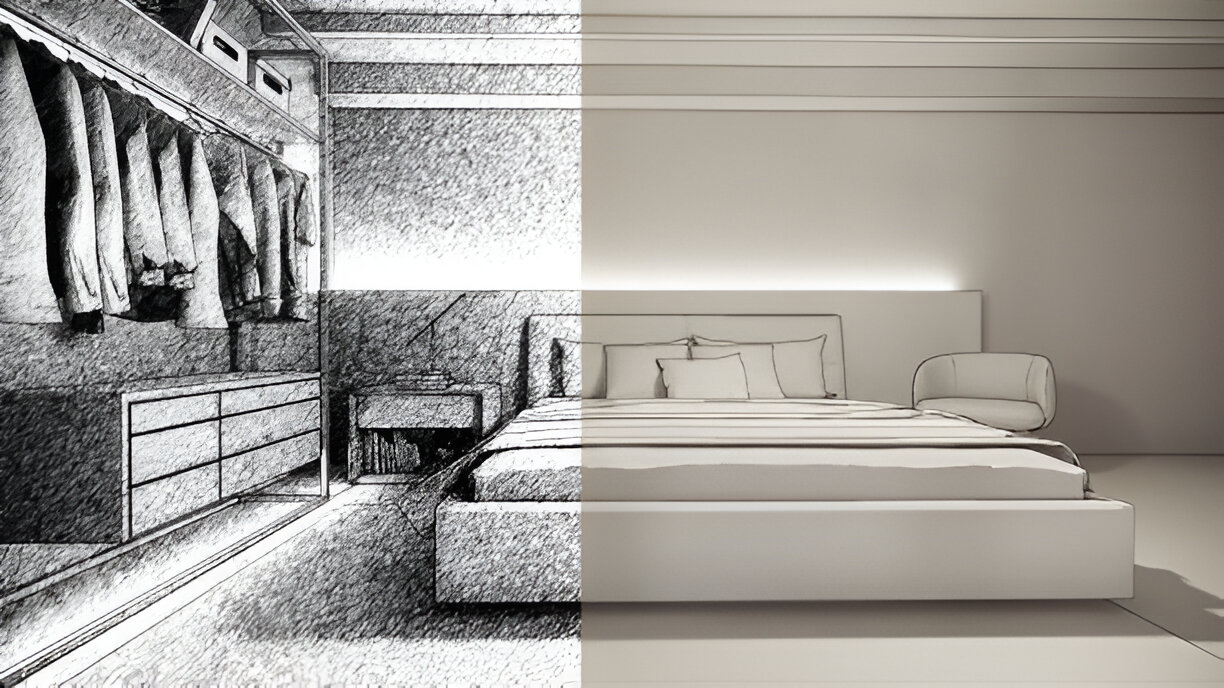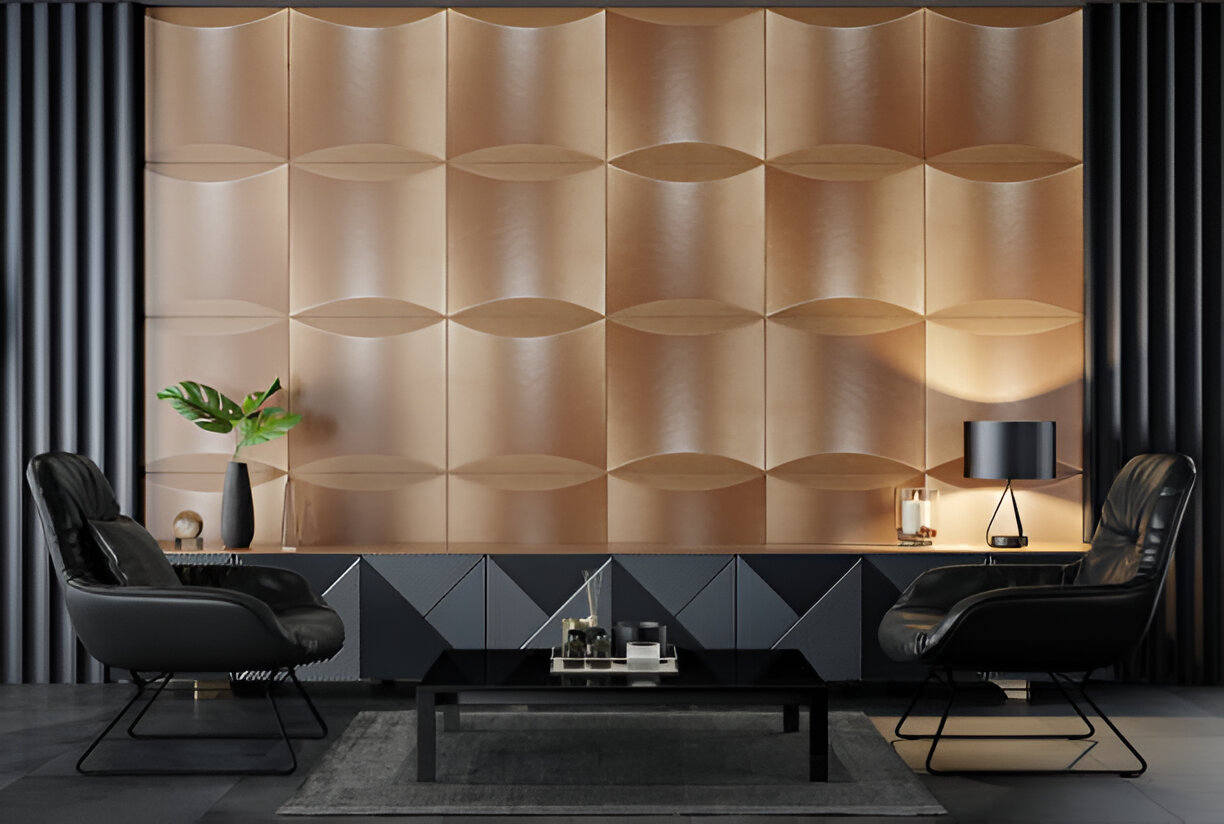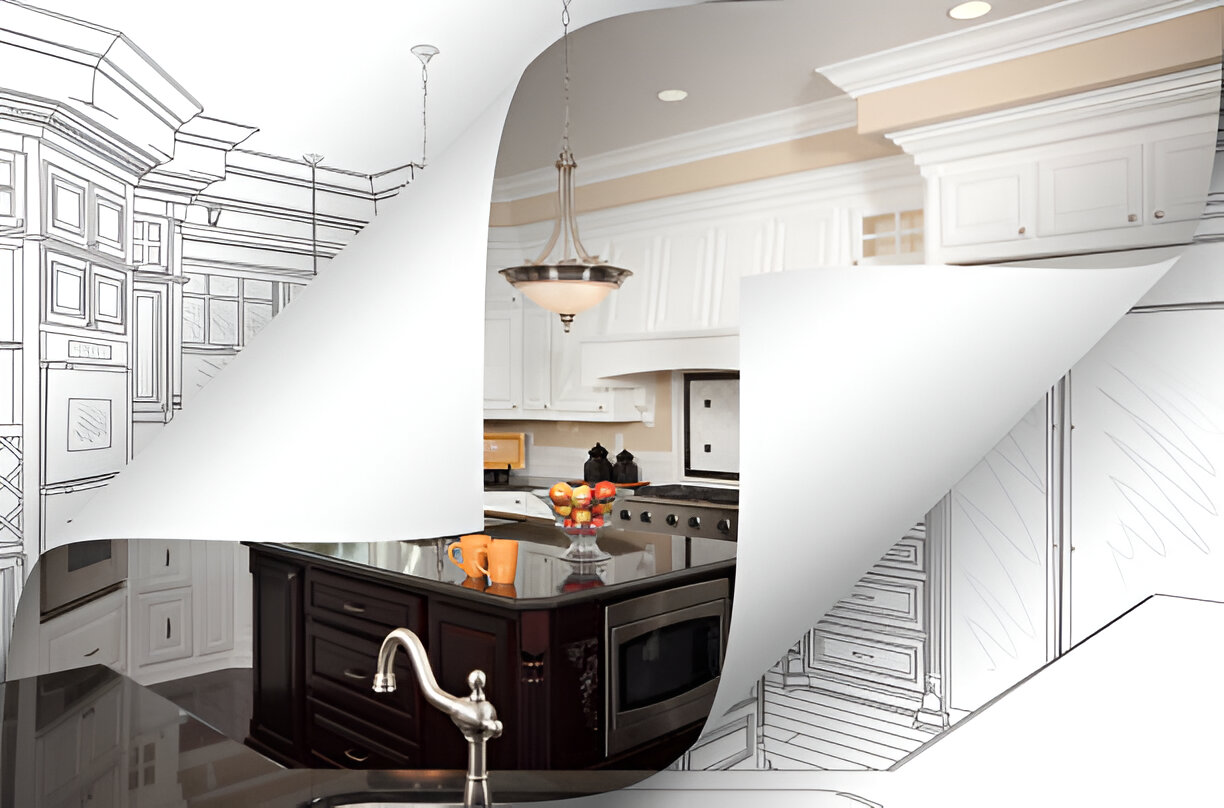1st Nov 2024
Architectural Film and Wrap: Change Your Space with Style
Introduction to Architectural Film and Wrap
Architectural film is a versatile self-adhesive substance that adds realistic textures to surfaces such as wood, metal, and stone. These films provide a quick and cost-effective approach to obtain high-end finishes without requiring major repairs.
- Architectural films and wraps as design solutions
Architectural wraps enable for customizing on doors, walls, and furniture, thereby offering creative design choices for both inside and outside. Their simple application allows quick change and improves visual attractiveness over several areas.
- Growing popularity for interior and exterior transformation
The demand for architectural wrapping film is increasing as a result of its affordability, aesthetic versatility, and durability. These films are alternative to conventional remodeling, making them suitable for both residential and commercial projects.

Types of Architectural Films and Wraps
Architectural films are made to add style and texture to surfaces. They include decorative films for the inside of buildings and lasting wraps for the outside. You can give walls, doors, and furniture high-end finishes with these films without making any lasting changes.
- Interior decorative films and architectural wrapping film
Architectural wrapping film and other interior artistic films can be used to make designs that look like marble, metal, and concrete. These films make it easy to make changes to interior areas, instantly adding style and impact.
- Wood effect vinyl, wood grain, and painted wood wraps
Wood grain wraps and wood effect vinyl wraps offer a sophisticated and homey vibe with their natural appearance. Door, wall, and furniture cover that imitate actual wood textures are a great option.
- Architectural glass and window films
With its organic look, wood grain and wood effect vinyl wraps provide a chic and cozy feel. Covers for doors, walls, and furniture that mimic the textures of real wood are excellent choices.

Key Benefits of Using Architectural Films
Architectural films are long-lasting and can handle years of wear and tear. This makes them a cheaper option than traditional materials. Because they are so flexible, they can be changed to look different ways to suit various style tastes.
- Durability, cost-efficiency, and aesthetic versatility
These films offer a long-term alternative for better surfaces due to their exceptional durability and scratch resistance. In addition to providing limitless design options at a fraction of the expense of renovations, they are cost-efficient and give high-end looks.
- Application in commercial and residential spaces
Architectural film installations are frequently implemented in both residential and commercial environments to refresh partitions, furniture, and walls. They are the optimal choice for spaces that require rapid, elegant transformations due to their minimal disruption and fast application.
Applications in Interior Design
Architectural wraps are a flexible way to update doors, windows, and furniture, giving the whole room a modern, cohesive look. These wraps are simple to put on and quickly make old surfaces look new again.
- Wraps for doors, windows, and furniture
The application of vinyl wraps to doors creates a focal point in a room by providing both design and protection. Window films offer UV protection and privacy, while furniture wraps give a fast and stylish upgrade to pieces without the need to replace them.
- Enhancing ambiance with wood effect vinyl and metal finishes
Putting vinyl wrap that looks like wood on walls or furniture adds warmth and texture, while shiny finishes make things look sleek and modern. All of these choices improve the atmosphere, making the insides more comfortable and stylish.

Choosing the Right Architectural Film Wrapping for Your Space
Choosing the right architectural vinyl film, you need to think about color, texture, and durability to make sure the film fits in with the area and makes it look better. This makes sure that the finish looks good and fits together well.
- Factors to consider: color, texture, and durability
Select textures and colors that complement the style and goal of the room. Choose robust finishes for high traffic areas that will resist regular use while yet looking good.
- Matching style with existing decor
If you want to add a modern silver edge or a natural wood look, look for films that go well with what you already have. Matching the film to your surroundings makes the room look better and more harmonious.
Installation: DIY vs. Professional Service
Architectural wrapping filminstallation requires surface cleanliness, precise measuring, and careful application to eliminate bubbles and wrinkles. It takes patience and precision for large or intricate regions.
- Steps for DIY installation and potential challenges
- Surface Preparation: Guarantee that surfaces are free of dust, spotless, and smooth.
- Measure and Apply: To prevent bubbles and creases, measure precisely and apply with care.
- Challenges: The final appearance and durability of the wrap can be impacted by common issues such as misalignment, confined air bubbles, and uneven edges.
2. Benefits of professional installation
- High quality finish: Professionals employ specialized instruments to achieve a flawless, seamless finish.
- Time-Saving: Particularly for larger spaces, it is more efficient and less worrisome than DIY.
- Long-Lasting Results: The film's durability and appearance are improved by professional application, rendering it suitable for high-traffic areas.
Real-World Transformations with Architectural Wraps
Architectural wraps transform doors, walls, and furniture into attractive focal points with no effort. These wraps instantly modernize and beautify interiors.
- Showcase of before-and-after transformations
Many projects show how architectural interior film can make ordinary or obsolete surfaces look brand new. From faded household furnishings to boring office walls, these changes show how well the coverings modernize and improve areas.
- Customer reviews and examples
Customers always say how affordable and nice-looking architectural wraps are, and many say how easy they are to use to change the look of a room. Wraps can be used in a lot of different situations, from homes and businesses to public places. They can give any room a new, appealing look.
What key questions do readers have that need to be answered?
What is architectural film?
Architectural film is a self-adhesive ornamental material that can look like wood, stone, metal, and other finishes. It is used to swiftly and economically renovate interiors, resulting in high looks without requiring substantial repairs.
Can architectural film be used outdoors?
Yes, several varieties of architectural film are intended for outdoor use, providing UV protection and weather resistance. These films are best suited for outside walls, doors, and signage.
How durable is wood vinyl wrap?
Everyday wear and tear, scratches, and fading won't be able to break wood vinyl wrap. It can withstand heavy foot traffic and, with regular maintenance, will look great for years to come.
What surfaces work with architectural vinyl?
Architectural vinyl is compatible with a wide range of smooth surfaces, such as plastic, glass, metal, and wood. It offers a smooth application on flat or slightly curved surfaces, making it perfect for doors, walls, furniture, and cabinets.
Do architectural window films add privacy?
Yes, architectural window films can help keep people out while still letting in natural light. People often use frosted and tinted films to make offices, bathrooms, and other places more private without blocking light.

